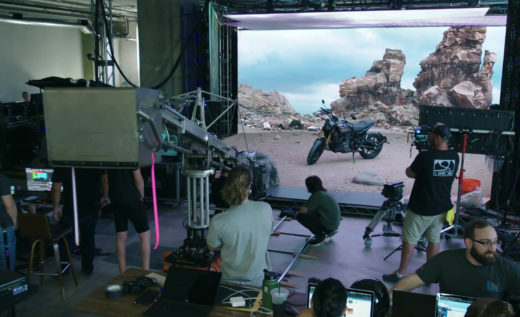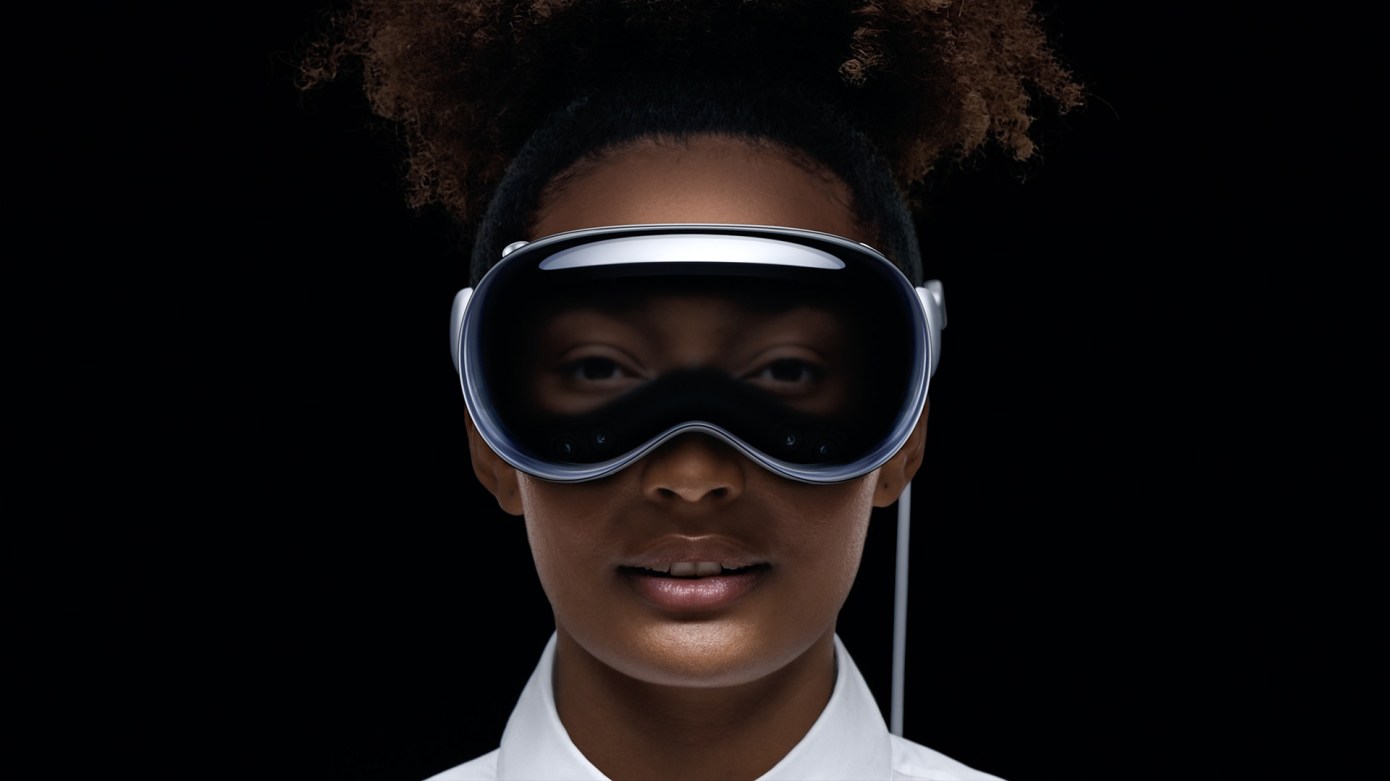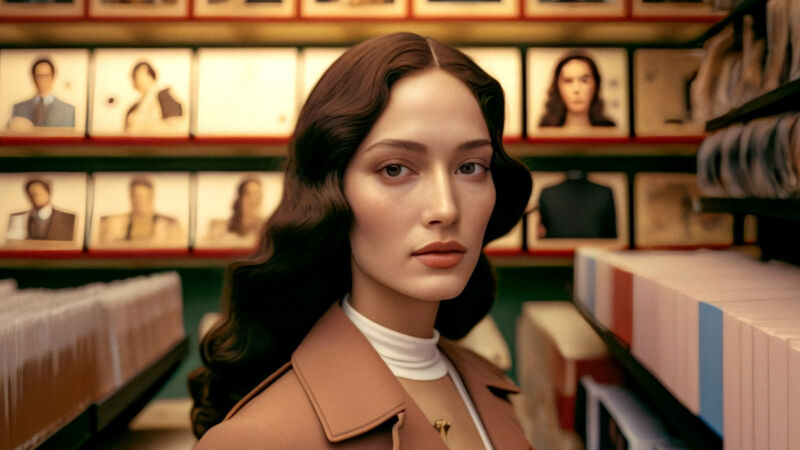Teaching Assistants that Actually Assist Instructors with Teaching — from opencontent.org by David Wiley
“…what if generative AI could provide every instructor with a genuine teaching assistant – a teaching assistant that actually assisted instructors with their teaching?”
Assignment Makeovers in the AI Age: Reading Response Edition — from derekbruff.org by Derek Bruff
For my cryptography course, Mollick’s first option would probably mean throwing out all my existing reading questions. My intent with these reading questions was noble, that is, to guide students to the big questions and debates in the field, but those are exactly the kinds of questions for which AI can write decent answers. Maybe the AI tools would fare worse in a more advanced course with very specialized readings, but in my intro to cryptography course, they can handle my existing reading questions with ease.
What about option two? I think one version of this would be to do away with the reading response assignment altogether.
4 Steps to Help You Plan for ChatGPT in Your Classroom — from chronicle.com by Flower Darby
Why you should understand how to teach with AI tools — even if you have no plans to actually use them.
Some items re: AI in other areas:
15 Generative AI Tools A billion+ people will be collectively using very soon. I use most of them every day — from stefanbauschard.substack.com by Stefan Bauschard
ChatGPT, Bing, Office Suite, Google Docs, Claude, Perplexity.ai, Plug-Ins, MidJourney, Pi, Runway, Bard, Bing, Synthesia, D-ID
The Future of AI in Video: a look forward — from provideocoalition.com by Iain Anderson
Actors say Hollywood studios want their AI replicas — for free, forever — from theverge.com by Andrew Webster; resource from Tom Barrett
Along these lines of Hollywood and AI, see this Tweet:
Hollywood is BROKEN.
Striking alone won’t fix it.
A whole new business model is required? pic.twitter.com/qmRyw5FFUj
— Misha (@mishadavinci) July 16, 2023
Claude 2: ChatGPT rival launches chatbot that can summarise a novel –from theguardian.com by Dan Milmo; resource from Tom Barrett
Anthropic releases chatbot able to process large blocks of text and make judgments on what it is producing
Generative AI imagines new protein structures — from news.mit.edu by Rachel Gordon; resource from Sunday Signal
MIT researchers develop “FrameDiff,” a computational tool that uses generative AI to craft new protein structures, with the aim of accelerating drug development and improving gene therapy.
Google’s medical AI chatbot is already being tested in hospitals — from theverge.com by Wes Davis; resource via GSV
Ready to Sing Elvis Karaoke … as Elvis? The Weird Rise of AI Music — from rollingstone.com by Brian Hiatt; resource from Misha da Vinci
From voice-cloning wars to looming copyright disputes to a potential flood of nonhuman music on streaming, AI is already a musical battleground













